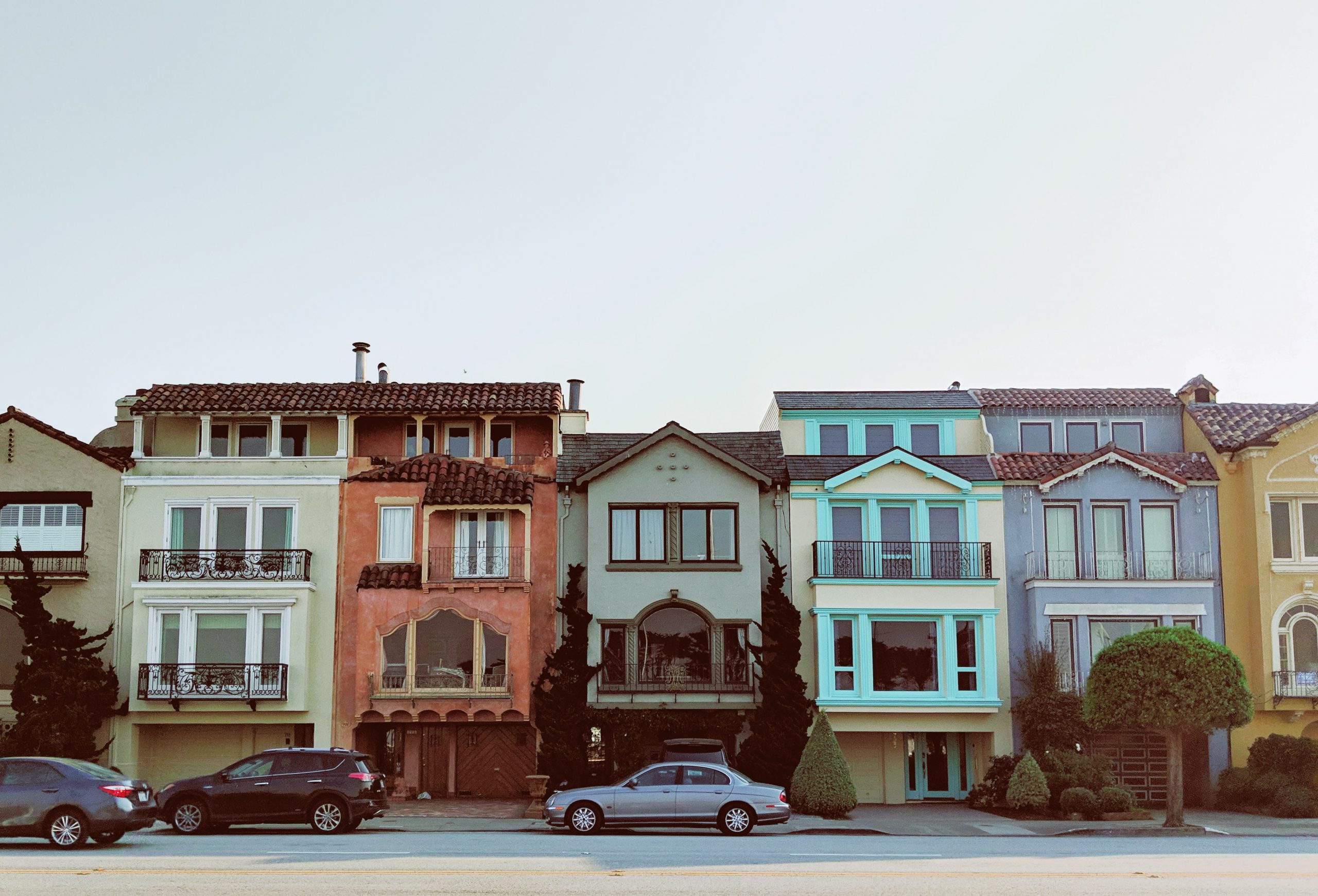
It’s the oldest cliché in real estate – “location, location, location”. But what does it mean? A city apartment may be perfect for one person but someone else’s idea of hell. Equally, a modern home in an estate makes others rush for the exit.
As an experienced real estate agent, my view is that the perfect location is what you – the buyer – say it is. It’s not about my personal view.
Most homeowners want to live near their work, transport, schools, malls, and restaurants and cafes, or close to areas of natural beauty. . We’re blessed with many styles of neighborhood right across the United States. Each one has its unique personality, and its dynamics affect not just lifestyle but the prices and capital growth that local properties command.
As I always remind my clients, purchasing a home is not just about owning a house, condo or apartment. You’re also investing in the local community and the life you want to live within it.
To help you focus on the areas where you might like to lay down your roots or begin your homeownership journey, I’ve put together a list of neighborhood types you’ll see in most large towns and cities.
It’s a useful reference for describing to your agent the type of lifestyle you’re looking for.
Downtown – Also known as urban core, this is the beating heart of a city. You’ll never be far away from entertainment and the business district. This type of neighborhood can be known for high prices and parking is at a premium, although you may decide you don’t need a car at all.
Urban Core – This is a similar style of metro neighborhood but not so close to the business district. You can expect to see a mix of single and two-story homes, luxury apartments and condos. Singles, couples, families and retirees mix easily here, all enjoying the amenities of any modern city.
Pedestrian – These tend to be micro-areas of a town or city where residents can say with reasonable confidence that everything they need is within walking distance, even though public transport will be plentiful. Often, these neighborhoods feature tree-lined streets, hole-in-the-wall cafes and unique shopping experiences.
New Urban – These areas are in high demand from professional singles, couples and young families. Most of the homes will be newly built; certainly no more than 20 years old, and the neighborhoods are planned for modern living. It’s not cheap here, but it’s a fabulously comfortable lifestyle.
Pioneer – These areas are further out from the city or town center and offer a social mix of neighbors. Homes tend to be cheaper than those closer to the city center.
Historic – These neighborhoods exist in towns and cities with architecture such as Victorian and Queen Anne-style homes are a vital feature. Prices are usually above average. Houses may need renovating or special maintenance. It can require a certain amount of dedication on the part of the owner.
Affluent – Also known as “destination neighborhoods”, this is where you’ll find gated communities and large homes with high hedges and intercoms next to the automatic gates. Bel-Air would be the most audacious example of this style of neighborhood.
Retirement – You’ll commonly find these areas in coastal and sunbelt cities. Mostly, they’ll feature an abundance of low-maintenance condos and apartments plus lifestyle elements and community support that make them ideal for enjoying your sunset years.
If I can be of any assistance to you in finding your dream home, I’d be delighted to help.
